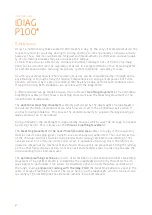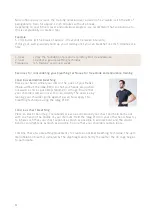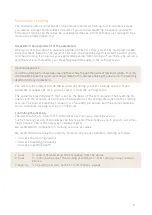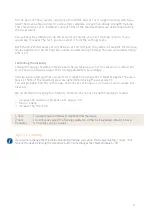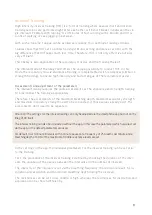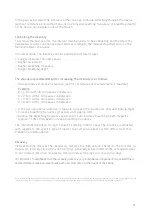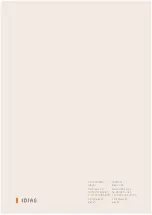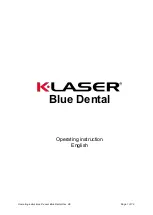
3
If one wishes to develop maximum pressures, as is the case with
strength training
, it is pri-
marily the accessory respiratory muscles that are active. During
inhalation
, these are mainly
the outer intercostal muscles. The diaphragm cannot exert large forces. During
exhalation
it
is mainly the inner intercostal muscles and the large abdominal muscles that force air out of
the lungs.
Depending on the
posture adopted
, respiratory muscle training is either made more difficult
or easier. When sitting, breathing is made easier because body tension is reduced. By suppor-
ting the body on the elbows too, breathing can be made easier again.
When standing, breathing resistance increases because the upper body postural musculature
is tense. This resistance is reduced by leaning the shoulder girdle against a wall, thereby ma-
king breathing easier.
First steps with the Idiag P100
Before using the Idiag P100 for the first time, please read the Quick Reference Guide and visit
the instruction website at https://www.idiag.ch/en/idiag-p100-training/ for helpful informa-
tion in video form.
To harness the full potential of the Idiag P100, download
the
Idiag P100sport smartphone app
, register your device
and connect it to the app at least once. This activates
endurance and strength training
on the device in addition
to free mode. You can run these additional modes either
with or without the app.
Starting respiratory muscle training
To start training with the Idiag P100 and get to know the device, we recommend that you
first train in
„free mode“
. In this mode, you can train without any specifications regarding bre-
athing frequency or breathing depth. Free mode is therefore perfectly suited to acquiring a
solid breathing technique and gaining a feeling for how the device works.
Start a training session (without the app) in free mode and place the mouthpiece into your
mouth. First, begin to breathe in and out through your mouth through the device in a relaxed
manner. After approx. 30 seconds, take the device out of your mouth and look at the display.
It shows your breathing frequency and depth over the last 3 breathing cycles. At rest, one
achieves about 15-20 breathing cycles per minute. Next, start breathing a little faster and
deeper than before, so that your breathing frequency reaches approx. 25. Each time, inhale
and exhale deeply enough to fill your lungs and then exhale completely again.


